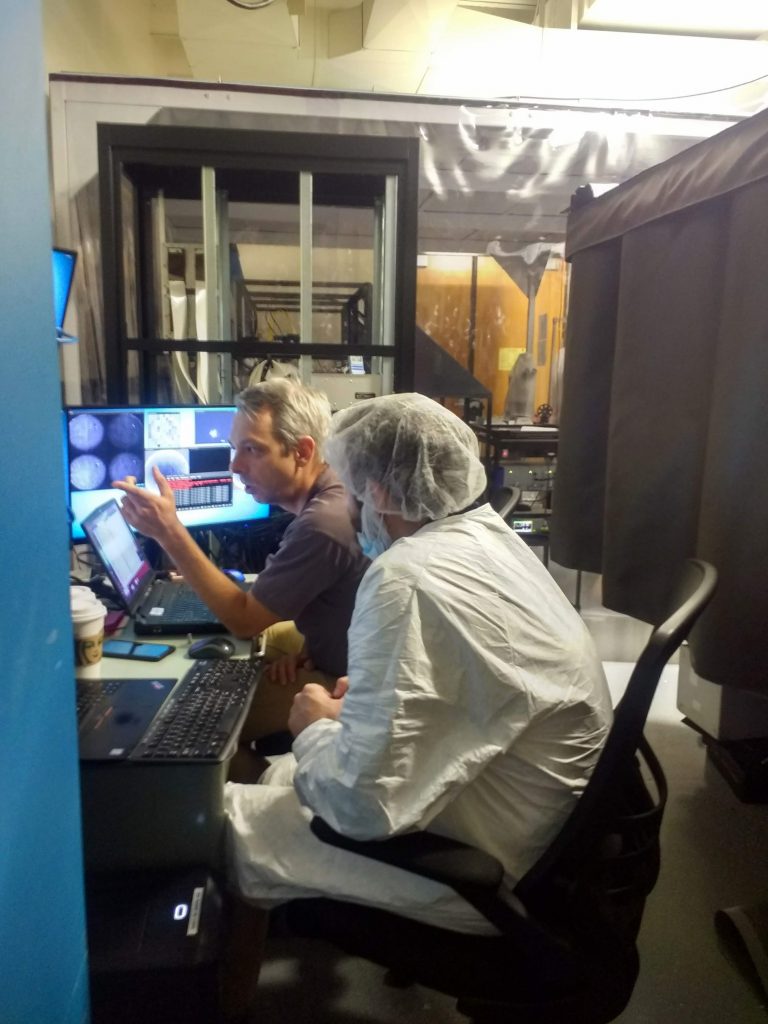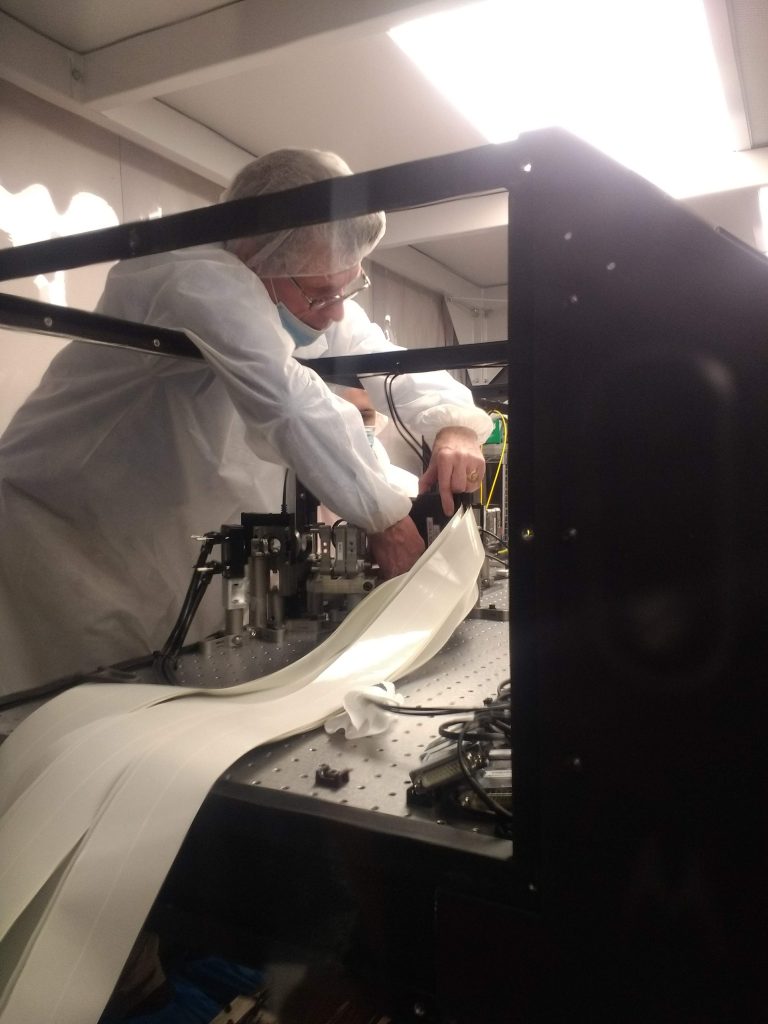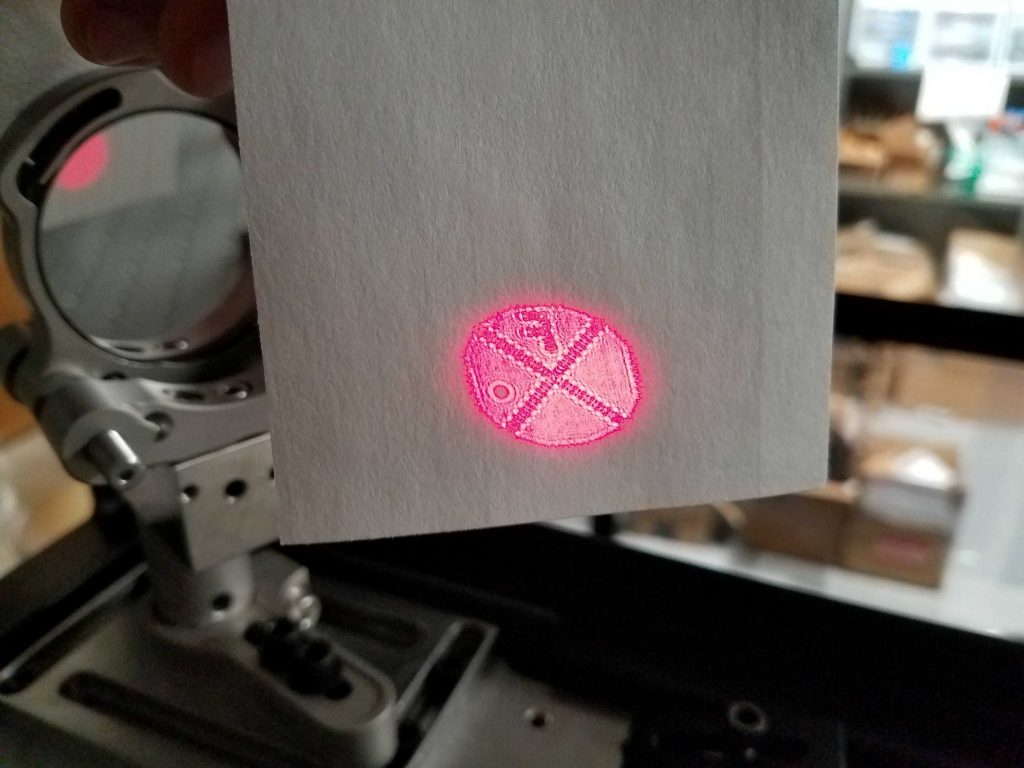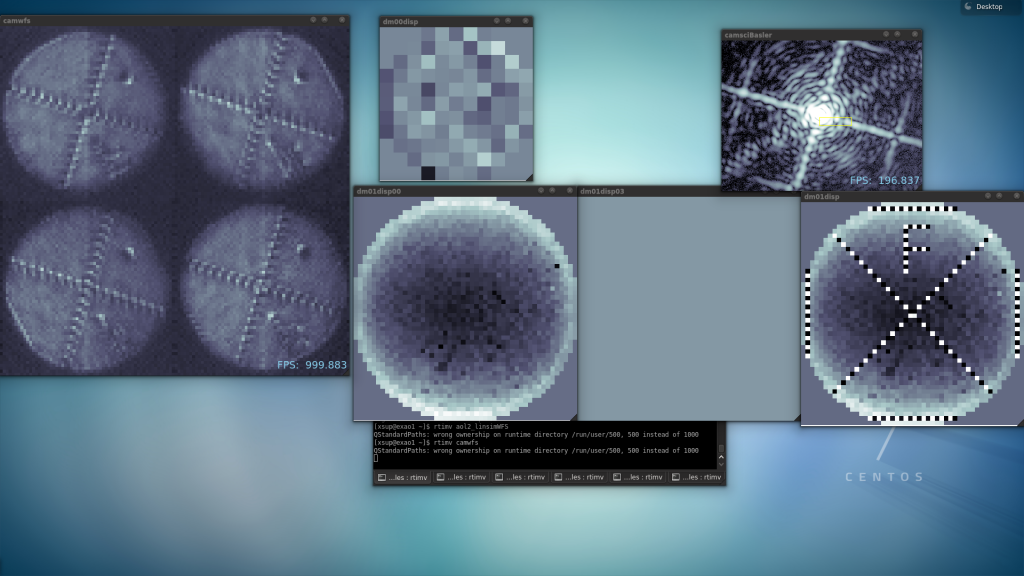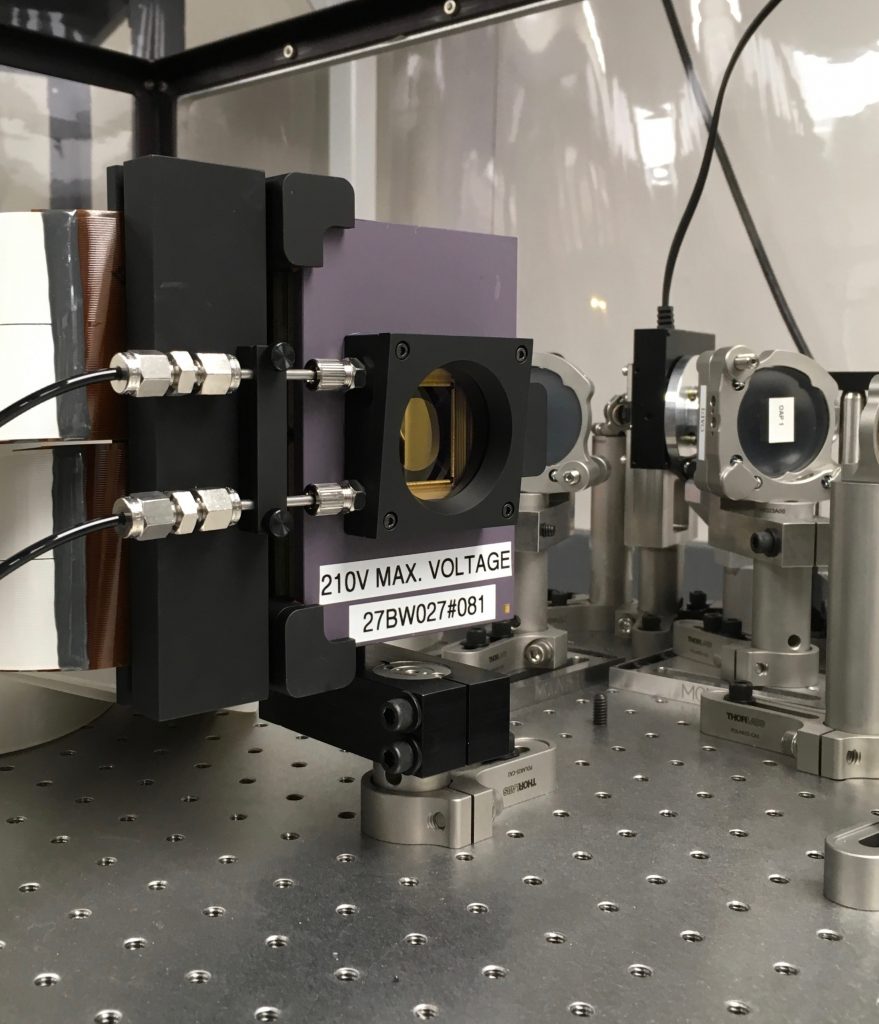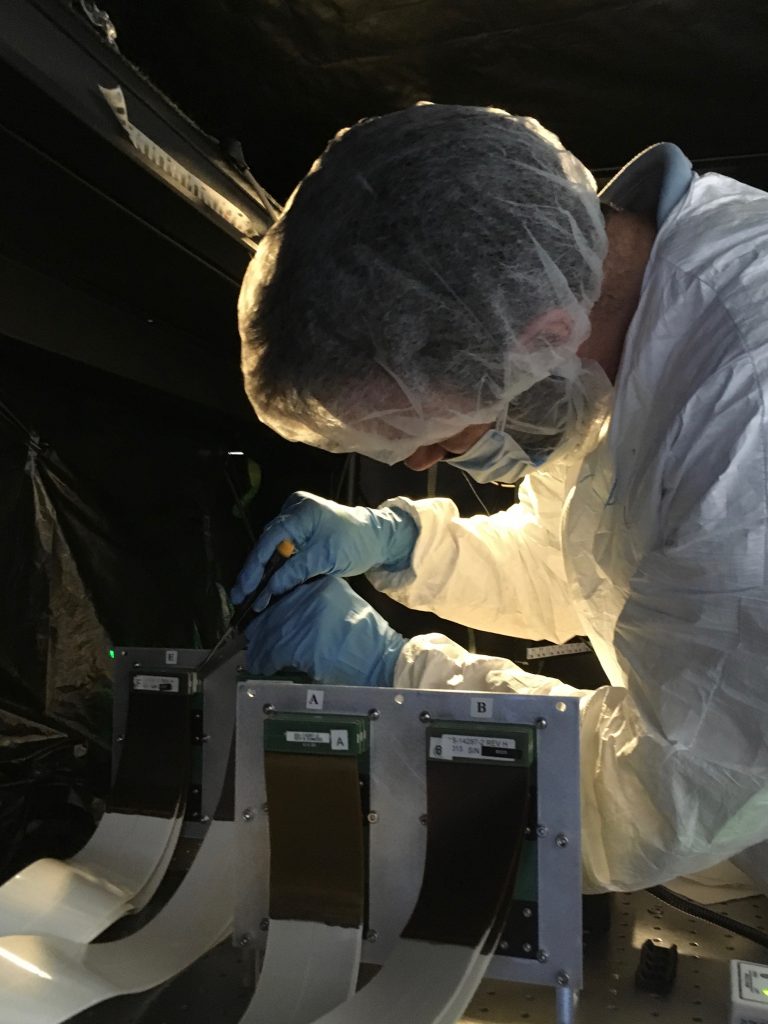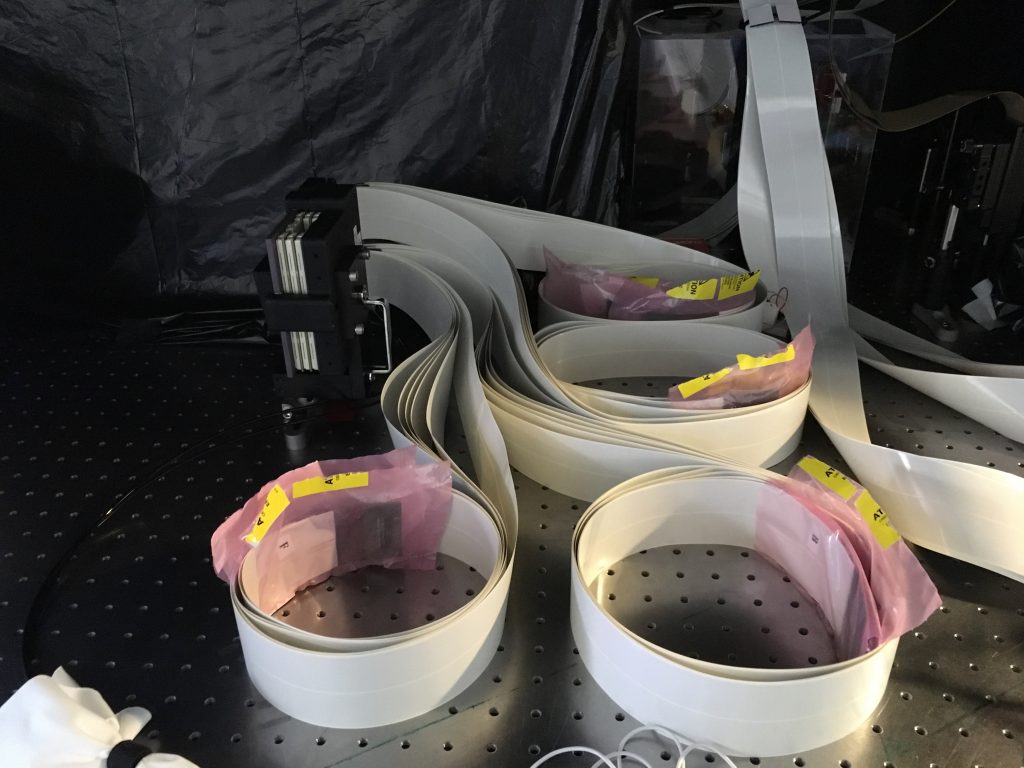Last Friday, MagAO-X underwent a pre-shipment review. This is the process by which the Magellan Observatory ensures that we won’t waste everyone’s time by shipping our instrument to the telescope. It’s a multifaceted process, evaluating everything from “does your instrument work in the lab?” to “have you baked your shipping crate?”
I’m happy to report that we’ve cleared this hurdle, meaning we’re taking MagAO-X to Chile for the 2019B* run! Many thanks to all of our reviewers and the observatory staff for productive discussions and suggestions. We look forward to getting on sky with MagAO-X this December! (Since this is the MagAO blog as well, it bears mentioning that we’ll be there in November too.)
* We use ‘A’ and ‘B’ to refer to the former and latter halves of the year, since “winter” means different months depending on your hemisphere.
Also, this means Jared feels it’s finally acceptable to hand out the 2019B mission patches I designed:
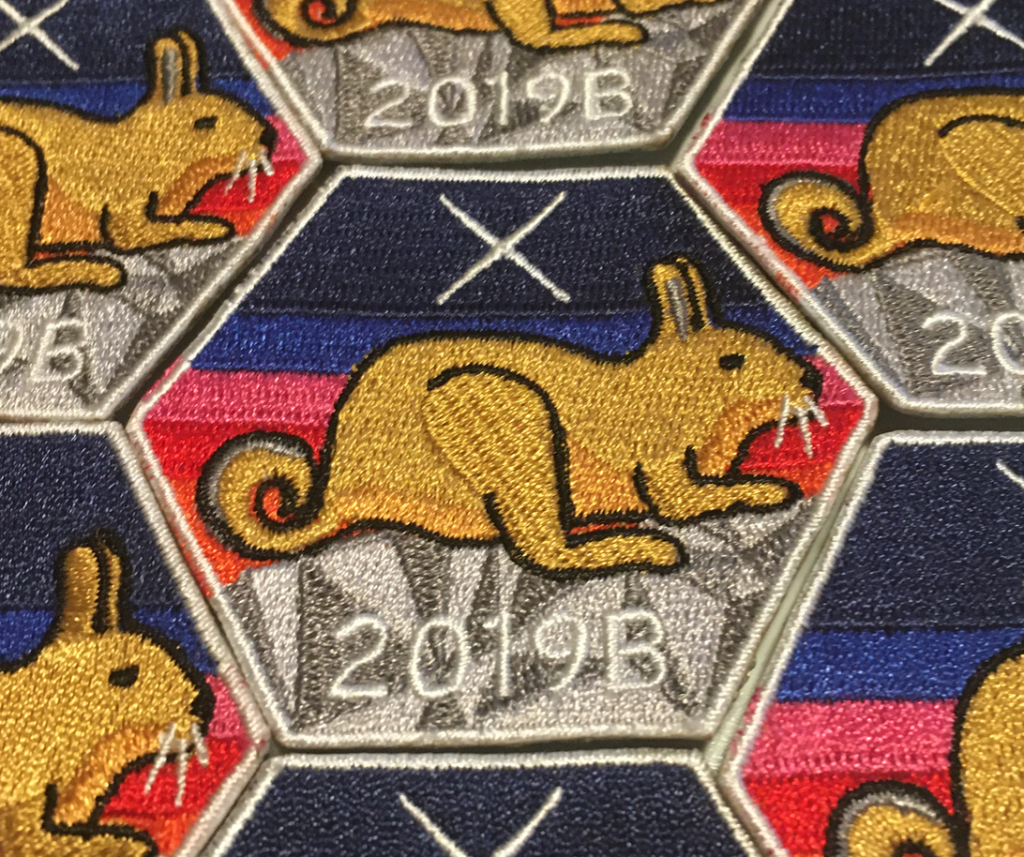
The patch depicts a viscacha, one of the local fauna of Magellan, perched on a rock at sunset. (As they do.) In the sky above, a point source is diffracted by some telescope spiders to form a stylized Magellan PSF. (Or possibly a MagAO-“X”.)
As long as I don’t run out of South American animals, I plan to do a patch for every run. Then I’ll put them all on a vest and look like the world’s nerdiest boy scout.
Part of being in the XWCL is following the P.I.’s rules:
- No unauthorized use of the label maker
- No coding in MATLAB
- No circus activities
- No volunteering for Olivier
- No metric shit running around in the lab
- Every post must have a song of the day
- No unauthorized use of the label maker
I regret that I forgot rule #6 in my last post, so I will take this opportunity to rectify my mistake with two songs of the day.
I’ve been digging this song about not being too hard on yourself by Alex Lahey:
And if I had been thinking about a song of the day for the back-to-school post, it might have been “Restart” by Little Daylight:
Hasta pronto.


